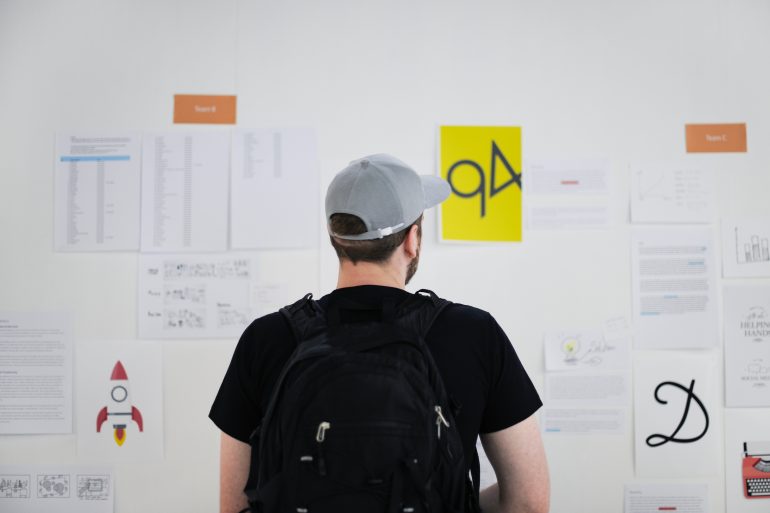
Policy Lab: What is the future of design for policy-making?
‘Raising awareness of design as an approach to policy’ is one of strategic objectives of BEDA, the Bureau of European Design Associations – a network of 48 design and innovation organisations associations from across Europe. Working towards this objective, BEDA set the topic ‘Policy Labs: What is the future of design for policy-making’ for our Insight Forum organised on 14 November 2017. The event was oversubscribed and we had representation from regional, national and supranational governments including many Policy Labs as well as designers, academics and, of course, BEDA members.
It does not take a political analyst to see that there is an increasing gap between citizens’ expectations and government policy. People are becoming disillusioned with traditional policy-making processes. How can we put citizens back at the heart of policy-making? Design is already being adopted by governments as a user-centred approach to public governance.
Design approaches to policy and service development are infiltrating government in the form of Policy Labs and Design Managers, Design Consultants and even Europe’s first Chief Design Officer. Policy Labs are multi-disciplinary government teams experimenting with innovation methods, particularly design, to actively involve citizens at multiple stages of the public service and policy development process. Around the world, according to Nesta, there are over 100 Policy Labs and a study commissioned by the EU Policy Lab has mapped around 60 in Europe. Policy Labs are multi-disciplinary government teams experimenting with innovation methods, particularly design, to actively involve citizens at multiple stages of the public service and policy development process.
To share experiences, insights and hard truths, BEDA invited the EU Policy Lab, Northern Ireland Innovation Lab (iLab) as well as the Chief Design Officer for Helsinki and the Strategic Design Consultant for Eindhoven to the BEDA Insight Forum.
“We don’t need more design, we need more strategic design applied to complex challenges – the unknown unknowns.”
Dr Anne Stenros is the Chief Design Officer for the City of Helsinki, possibly the first person in Europe to have this job title in government and perhaps also in the world. Her speech focused on pushing the boundaries of what design can achieve systemically.
“We need to exchange best practice among Policy Labs to advance the use of design for policy and create meaningful impact for citizens.”
Alessandro Rancati is a Design for Political Analyst in the EU Policy Lab part of the Joint Research Centre the European Commission and the first internal design initiative at a European level. Alessandro explored how the EU Policy Lab has supported a range of policy teams across the European Commission to experience design through a series of design challenges.
“To change the system and embed design approaches, you have to be inside the system.”
Vera Winthagen is the Strategic Design Consultant for the City of Eindhoven, where design thinking as a method for solving societal problems is a political goal. Vera shared her first hand experiences of encouraging colleagues to undertake design research with citizens.
“We need to move beyond prototyping and testing to upscaling and designing implementation.”
Malcolm Beattie, Head of the Northern Ireland Innovation Lab (iLab), shared the lesson from iLab’s evaluation and how the next hurdle is to encourage policy teams to allocate budget for prototyping to move beyond the discovery phase of design projects.
We had a lively discussion about whether it is more effective to have design capabilities within a Policy Lab, like iLab in Northern Ireland and the EU Policy Lab, or to have a Design Champion such as a Chief Design Officer like the City of Helsinki and Strategic Design Consultant like the City of Eindhoven. Unwittingly we pitted these two models against each other exploring the strengths and weaknesses but one thing was clear it is imperative to instigate a change in mindset through design approaches from within government. All agreed that it is too difficult to instigate systemic changes from outside government.
As part of a hands-on exercise, the event participants mapped the stages of a traditional policy process and identified where design to could add value to the process and subsequently developed a design-led policy process. The findings from this exercise as well as a fuller write up of the debate will follow shortly. We would like to thank all the speakers and participants for their enthusiasm and we look forward to continuing the discussions.
Dr Anna Whicher, Head of Design Policy, PDR
BEDA board member
BEDA members can access the presentations on http://beda.org/outputs-of-beda-insight-forum-2017/
